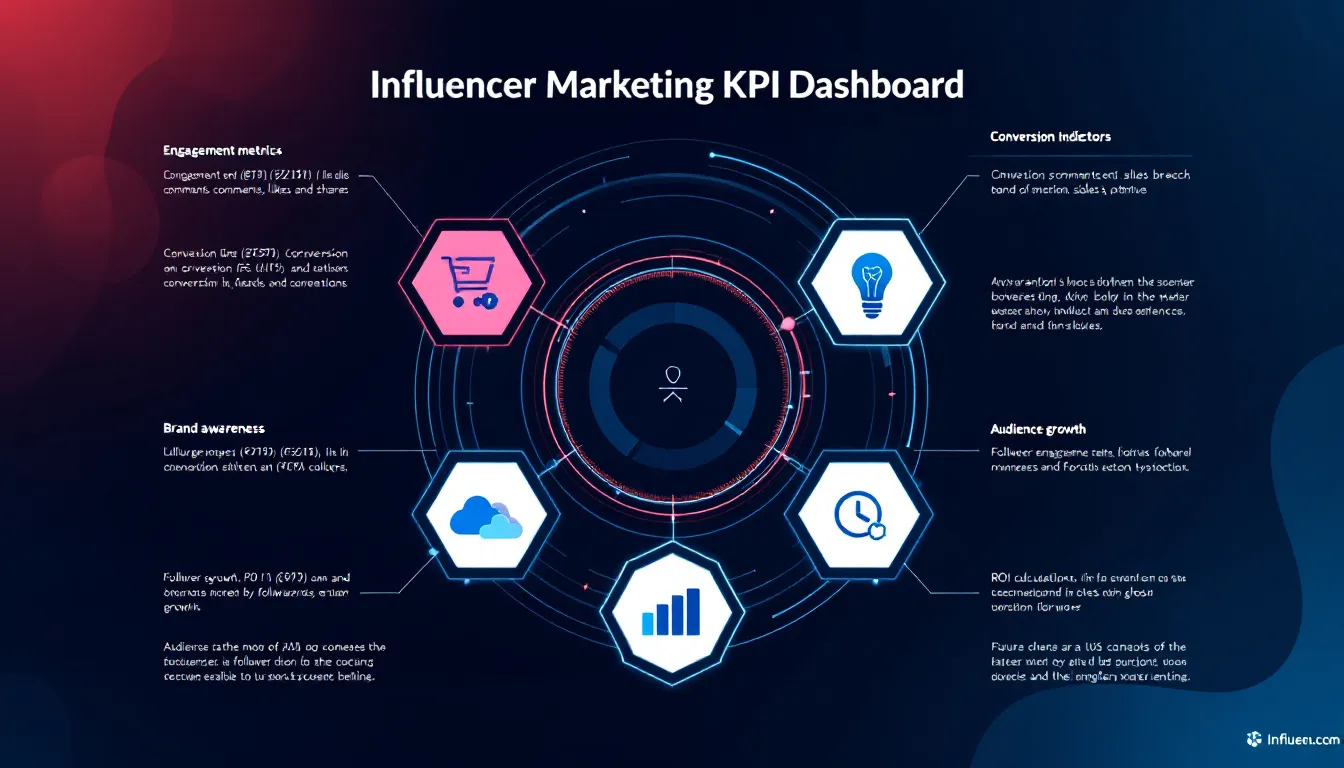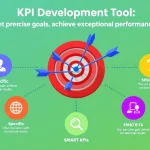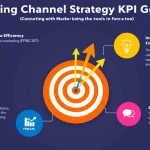Is this tool helpful?
How to Use the Influencer Marketing KPI Suggestion Tool Effectively
This tool helps you generate relevant key performance indicators (KPIs) tailored to your influencer marketing campaign. To get the most accurate KPI suggestions, fill in the form with details about your business and campaign goals. Here’s how to complete each field with example inputs:
- Business Type Entry: Specify your industry or sector. For example: “Organic Skincare Brand” or “Online Fitness Coaching”
- Marketing Objectives: Clearly state your primary campaign goals. For example: “Increase customer retention and grow Instagram followers” or “Boost app downloads through influencer reviews”
- Target Audience Description: Describe demographics and behaviors of your intended customers. For example: “Millennial parents interested in eco-friendly products” or “Tech enthusiasts aged 18-30 who follow gaming influencers”
- Platform Selection (Optional): List preferred social media channels such as “Facebook, Twitter” or “Snapchat, LinkedIn”
- Budget Range (Optional): Provide your campaign budget in USD, for example, 10000 or 2500
What Is the Influencer Marketing KPI Suggestion Tool?
This tool analyzes your business type, marketing objectives, and target audience to recommend the most effective KPIs for your influencer campaign. It helps you focus on measurable results that matter, so you can track your campaign’s impact and optimize performance.
Key Benefits of the Tool
- Custom KPI Recommendations: Receive metrics tailored to your unique campaign goals and audience
- Strategic Focus: Avoid tracking irrelevant data and save time by focusing on meaningful performance indicators
- Platform-Specific Insights: Get KPIs optimized for each social media channel you use
- Improved ROI Tracking: Measure the true impact of your influencer marketing efforts with relevant cost and conversion metrics
How This Tool Supports Your Influencer Marketing Strategy
By understanding the nuances of your campaign, the tool suggests KPIs that reflect your actual business needs. It covers essential performance areas such as:
- Audience engagement and sentiment
- Conversion rates and sales impact
- Brand visibility and growth metrics
- Multi-channel and attribution tracking
Core KPI Categories Included
- Engagement Metrics: Likes, comments, shares, and other interactions
- Conversion Metrics: Sales generated, leads acquired, or app installs
- Brand Awareness Metrics: Mentions, reach, and brand sentiment analysis
- Audience Growth Metrics: Follower increases and community expansion
- ROI Metrics: Cost per acquisition, earned media value, and overall campaign profitability
Practical Use Cases for the KPI Suggestion Tool
Example 1: Organic Food Startup
- Business Type: Organic Food Delivery Service
- Marketing Objectives: Build brand trust and increase subscription sign-ups
- Target Audience: Health-conscious families aged 30-50 living in urban areas
Recommended KPIs:
- Subscription conversion rate from influencer campaigns
- Sentiment analysis of brand mentions during campaign period
- Engagement rate on recipe and nutrition content
Example 2: Mobile Gaming App
- Business Type: Mobile Game Developer
- Marketing Objectives: Increase app installs and daily active users
- Target Audience: Gamers aged 16-25 following Twitch and YouTube streaming influencers
Recommended KPIs:
- Number of app installs attributed to influencer promo codes
- Daily active user (DAU) growth during campaign
- Engagement rate on live stream content and influencer posts
Best Practices for Implementing Your Suggested KPIs
1. Establish a Baseline
- Record current performance metrics before launching your campaign
- Set realistic targets based on historical data
- Define clear data collection and measurement methods
2. Monitor Progress Regularly
- Track engagement daily to spot immediate trends
- Review conversion data weekly to assess performance
- Conduct monthly ROI analysis to evaluate campaign value
- Analyze quarterly trends for long-term insights and strategy adjustment
Advanced KPI Analysis Techniques
Correlation Analysis
Identify relationships between different KPIs to uncover what drives results. For example:
- How engagement rate correlates with sales conversions
- The impact of content type on audience reach
- Connections between platform activity and brand awareness growth
Competitive Benchmarking
Compare your campaign’s KPIs against industry averages and competitor campaigns to gauge performance and identify improvement areas. This includes:
- Industry-standard engagement rates
- Average cost per acquisition in your sector
- Historical results from your previous influencer campaigns
Frequently Asked Questions About Influencer Marketing KPIs
How often should I review and update my KPIs?
Review your KPIs at least quarterly or whenever your business strategy or market conditions change significantly.
Can this tool support campaigns with multiple objectives?
Yes, it suggests KPIs that track multiple marketing goals while keeping measurement clear and actionable.
What defines a good influencer marketing KPI?
Good KPIs are SMART: specific, measurable, achievable, relevant, and time-bound, directly linked to your business objectives.
Should I adjust KPIs for different types of influencers?
Yes, tailor your KPIs based on influencer size (micro, macro), audience characteristics, and typical engagement patterns for precise tracking.
How do I integrate these KPIs with my existing marketing metrics?
Combine influencer KPIs with broader marketing data in a unified dashboard for comprehensive campaign performance analysis.
Can I customize the KPIs suggested by this tool?
You can use the recommendations as a foundation and adjust or add KPIs to reflect your specific campaign needs.
Do seasonal trends affect KPI selection?
Yes, consider seasonal fluctuations especially in retail and consumer sectors, adjusting KPI benchmarks accordingly.
Why are platform-specific KPIs important?
Different social media platforms have unique engagement behaviors and algorithms. Platform-specific KPIs help optimize content and measure success accurately on each channel.
Important Disclaimer
The calculations, results, and content provided by our tools are not guaranteed to be accurate, complete, or reliable. Users are responsible for verifying and interpreting the results. Our content and tools may contain errors, biases, or inconsistencies. Do not enter personal data, sensitive information, or personally identifiable information in our web forms or tools. Such data entry violates our terms of service and may result in unauthorized disclosure to third parties. We reserve the right to save inputs and outputs from our tools for the purposes of error debugging, bias identification, and performance improvement. External companies providing AI models used in our tools may also save and process data in accordance with their own policies. By using our tools, you consent to this data collection and processing. We reserve the right to limit the usage of our tools based on current usability factors.







